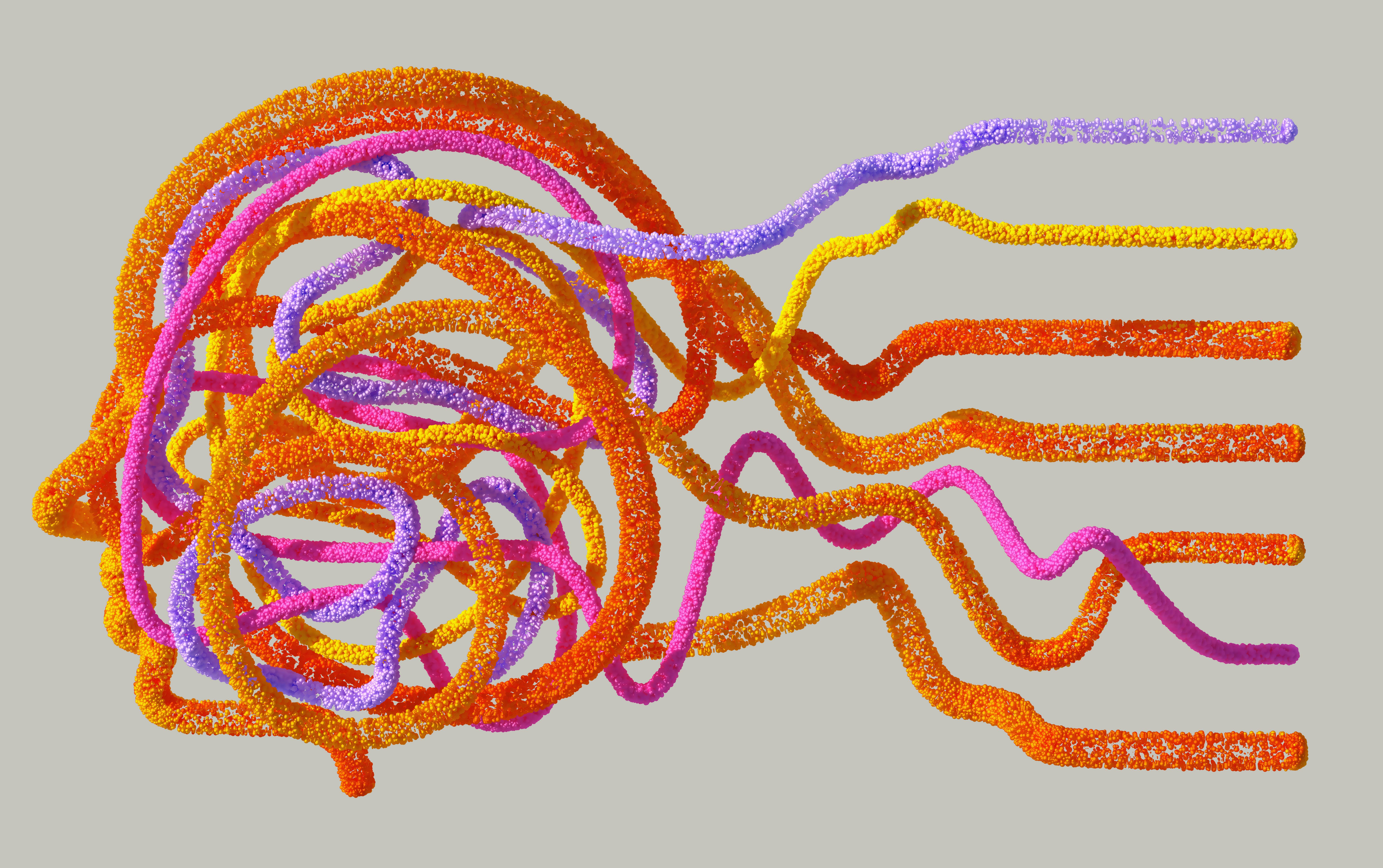Contact Us 720-964-1335 or 901-675-6125
Can GLP-1 Medications Help with Pseudotumor Cerebri?

Pseudotumor cerebri (PTC), also known as idiopathic intracranial hypertension (IIH), is a condition where pressure inside the skull increases without an obvious cause, leading to symptoms like headaches, vision problems, and ringing in the ears. This condition is often linked to obesity and weight-related health concerns, leading researchers to explore whether GLP-1 receptor agonists, commonly used for weight loss and diabetes management, could provide relief.
While there is emerging interest in the role of GLP-1 medications for PTC, it’s important to understand the potential benefits, limitations, and the need for guidance from your healthcare provider before considering these medications as part of a treatment plan.
The Connection Between Weight and Pseudotumor Cerebri
Research has shown that obesity is a major risk factor for PTC, with many cases occurring in women of childbearing age who have a higher body mass index (BMI). The buildup of cerebrospinal fluid (CSF) in the brain leads to increased intracranial pressure, mimicking the symptoms of a brain tumor – hence the name “pseudotumor.”
Weight loss has been one of the primary recommended treatments for managing PTC symptoms, as even a 5-10% reduction in body weight has been associated with decreased intracranial pressure and symptom improvement.
Can GLP-1 Medications Help?
GLP-1 receptor agonists, such as semaglutide (Ozempic, Wegovy) and tirzepatide (Mounjaro, Zepbound), work by:
✅ Promoting weight loss – By reducing appetite and slowing digestion, these medications help with significant weight reduction, which may lower intracranial pressure.
✅ Reducing inflammation – Some studies suggest that GLP-1 medications have anti-inflammatory properties, which might be beneficial in conditions involving fluid regulation in the brain.
✅ Regulating metabolism – These medications improve insulin sensitivity and metabolic function, which can play a role in managing obesity-related conditions like PTC.
Early Research on GLP-1 and PTC
Preliminary studies indicate that weight loss achieved through GLP-1 therapy may help improve symptoms of PTC, but more research is needed before these medications become a standard treatment for the condition. In a few case studies, patients who lost weight with GLP-1 medications saw reduced headaches and vision disturbances – two key symptoms of PTC.
However, GLP-1s are not FDA-approved specifically for treating PTC, so they should only be considered as part of a broader treatment plan under a doctor’s supervision.
What to Do If You Have Pseudotumor Cerebri and Are Considering GLP-1 Therapy
If you have been diagnosed with PTC and are exploring weight loss as a way to manage symptoms, here are some important steps to take:
🔹 Consult Your Healthcare Provider – Never start or stop any medication without discussing it with your doctor, especially for a condition like PTC.
🔹 Monitor Symptoms Closely – If you are already on GLP-1 medication and have PTC, report any changes in headaches, vision, or neurological symptoms to your healthcare provider.
🔹 Incorporate Lifestyle Changes – A balanced diet, hydration, and regular physical activity can help support weight loss and improve symptoms, whether or not medication is used.
🔹 Explore Other Medical Interventions – Depending on the severity of your condition, your doctor may recommend additional treatments, such as diuretics, lumbar punctures to relieve pressure, or even surgery in severe cases.
How Ample Health & Wellness Can Help
At Ample Health & Wellness, we understand that weight loss isn’t just about a number on the scale – it’s about managing your overall health. Whether you are on GLP-1 medication or looking for holistic support, we offer:
💙 Personalized wellness coaching to help you navigate your weight loss journey alongside medical treatments.
💙 Guidance on mindful eating, movement, and stress management to support sustainable weight management.
💙 Resources for lifestyle changes that can help you feel your best, even if you need to adjust medications over time.
Final Thoughts
While GLP-1 medications may offer potential benefits for PTC through weight loss, they are not a standalone treatment for the condition. If you or a loved one is dealing with pseudotumor cerebri, speak with a qualified healthcare provider to determine the best course of action.
Weight management, whether through medication, holistic lifestyle changes, or a combination of both, can play an important role in improving symptoms and overall well-being. If you need support on this journey, Ample Health & Wellness is here to help you build a plan that fits your needs.
References:
- Mollan, S. P., Hoffmann, J., Sinclair, A. J., & Tahrani, A. A. (2021). The potential role of GLP-1 receptor agonists in idiopathic intracranial hypertension. Journal of Neurology, 268(1), 55-64.
- Markey, K. A., Mollan, S. P., Jensen, R. H., & Sinclair, A. J. (2021). Understanding idiopathic intracranial hypertension: mechanisms, management, and future directions. The Lancet Neurology, 20(5), 497-511.
- Sinclair, A. J., Kuruvath, S., Sen, D., & Nightingale, P. (2019). Weight loss and its impact on idiopathic intracranial hypertension: a systematic review and meta-analysis. Journal of Neurology, Neurosurgery & Psychiatry, 90(2), 211-217.

